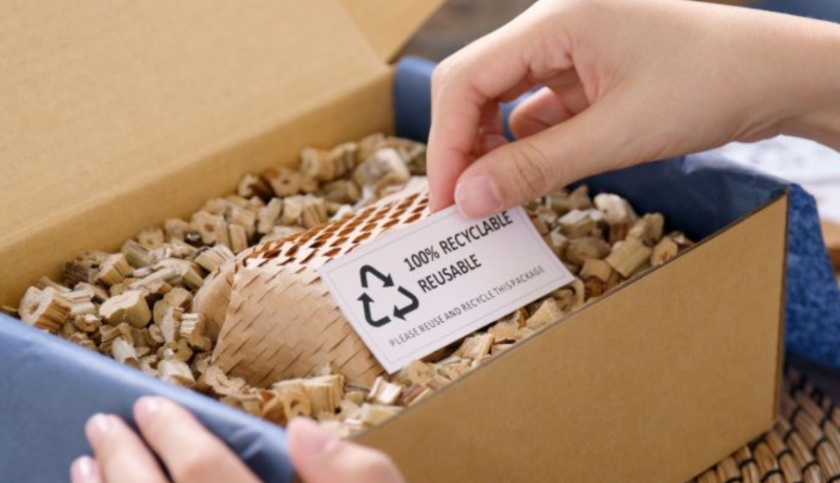The Australians are growing psychedelic cotton in a lab.
No, this isn’t some new party drug that’s going to sweep music festivals and college campuses. It’s actually a pretty scientific and energy-efficient discovery that could greatly impact the apparel manufacturing process.
Scientists in Australia’s national science agency CSIRO think they have found a way to tweak the molecular code of cotton so that it grows in all different colors. The team of researchers, led by Dr. Colleen MacMillan, say they’ve created colorful cotton plant tissue in petri dishes in the lab. So far, they’ve created cotton in red, gold, purple and black.
Neat > Cotton fields could soon be pink, black or gold, thanks to CSIRO breakthrough https://t.co/FO9IoECtgt #science pic.twitter.com/sfSzrWr1tG
— Jeremy Harpham (@JeremyHarpham) August 16, 2020
It works by inserting color genes into the cotton plant’s DNA, which prompts the cells to replicate that color.
According to Fast Company, their next step is to grow those plants into flowering cotton plants that can reproduce. If all goes according to plan, this could completely remove the need to dye fabrics, making the manufacturing process much more environmentally-friendly and natural.
With so much dye coming from potentially harmful chemicals and heavy metals, disrupting that process can drastically change the lives of both consumers and the people actually working in these manufacturing facilities—many of which are in developing countries with much less strict health codes.
The Greenpeace Dextox Campaign and European Chemicals Agency reportedly said that these dye components could cause cancer or skin discoloration after exposure. And in countries without proper environmental guidelines, these substances could end up in waterways, damaging both the local environment and ending up in drinking water.
Fast Company reported that water is visibly polluted in China’s Xintang province, where more than 300 million pairs of jeans are dyed each year, and residents have been found to develop cancer and other health conditions at a higher average rate.
Natural dyes do exist, and they’ve been catching on even with big companies that sell a lot of products, like how Chipotle is using avocado pits to dye T-shirts. The problem is typically that using these natural dyes takes longer and can be expensive. It’s also harder to exactly match a desired color palette for a client.
The next step for the CSIRO team is to see if they can get the plants to naturally reproduce by flowering and creating seeds. The team has successfully bred tobacco plants by inserting color genes, so they’re optimistic this could work, too.
According to the Fast Company article, MacMillan said her team expects to see results within “several months.”
But they might not be popping any champagne just yet. Advocacy groups like the Non GMO Project have said that altering genetic makeup of organisms could create unexpected problems down the road. (Ah, the old “Jurassic Park” problem.)
Biology aside, if this became the norm, it could make for an expensive step for cotton farmers all over the world.
But it’s still exciting to see how we can potentially cut out a whole aspect of a process that we might have thought was unchangeable. Imagine fields of cotton in every color you could imagine, and imagine how much eco-cred apparel brands could get from bolstering “dye-free” shirts.


